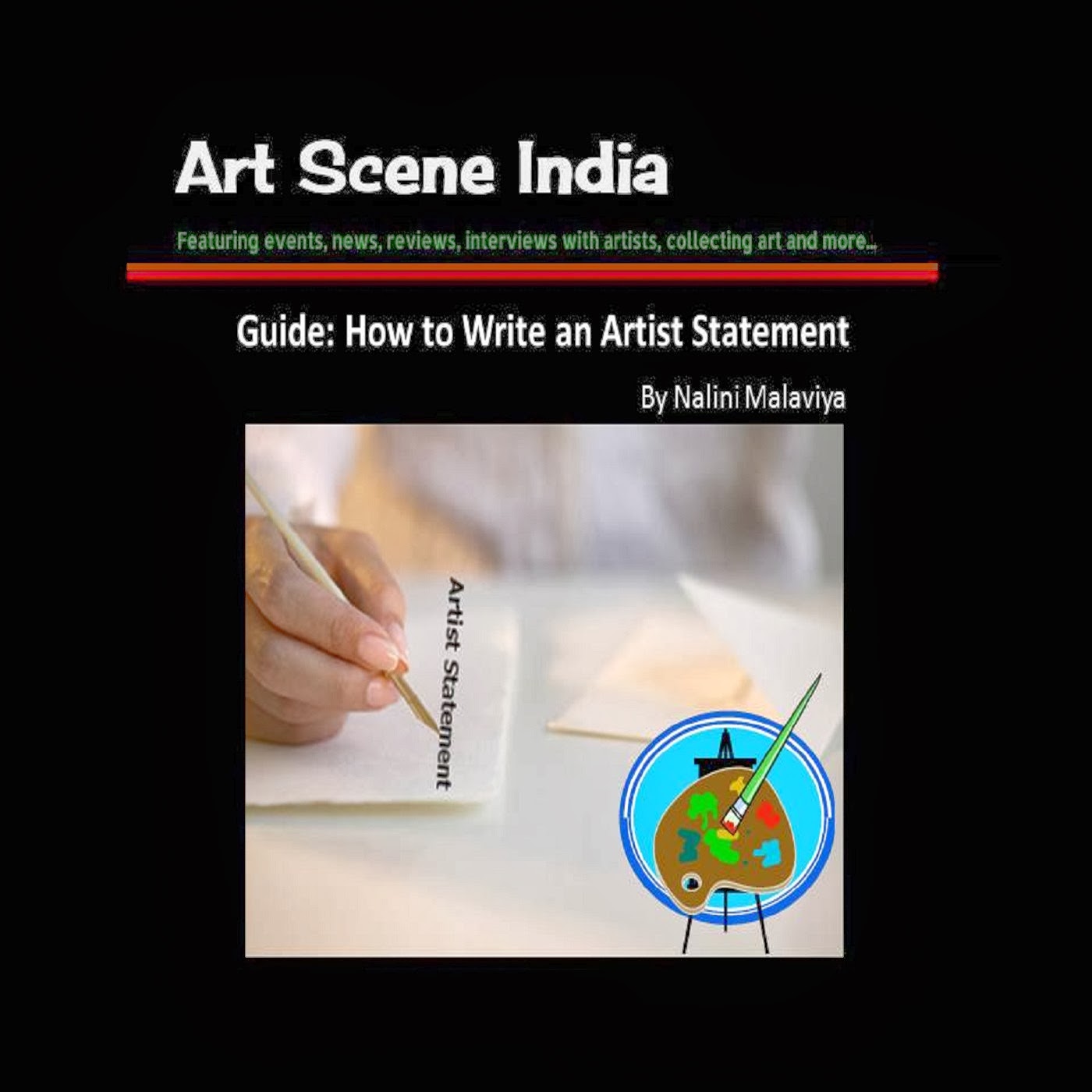Colours and lighting directly influence our state of mind and emotions and therefore creating a vibrant living space which is in harmony with our individual personalities and family choices can be one of the most liberating experiences ever!
It’s amazing how a beautiful work of art can alter the ambience of home interiors and make a statement which is as unique as you. Paintings, photographs and wall installations can completely enliven drab interiors and anchor the space to create a focal point around which the entire décor scheme can be centered. When art and artifacts are displayed to their advantage their beauty is enhanced and the overall space transforms substantially.
Although, an artwork is intrinsically capable of creating a visual impact, the effect can be magnified manifold by selecting a frame which complements it perfectly. Interestingly, a frame need not necessarily be an ornate or gilt wooden frame attached to the painting, but can also be an extension of the art!
Art can be displayed creatively to highlight the painting, drawing or photograph and also to create a seamless, cohesive look, which is visually aesthetic. One of the ways to achieve this is by painting the entire background wall in such a way that it offsets and spotlights the artwork.
Completely contrasting colour shades, a dominant colour from the painting or any other complementary shade or hue can be painted around the artwork as a rectangular or a square border to frame the artwork and create a dramatic or theatrical effect.
Asian Paints has an amazing line-up of colours and textures, along with a paint selector tool that allows you to choose the paint type, colour and effect that perfectly matches your needs. It therefore enables your vision and idea of a beautiful home! The transformation of space with judicious use of colour can be simply stunning.

You could also have the entire wall painted in a colour of your choice keeping the artwork in mind, so that the backdrop essentially forms a chromatic frame for the painting or even an artifact. The overall effect here is often understated and unified if you select complementary colours. Essentially, the larger visual frame helps to further define the focal area and highlight the painting. The painting itself can be unframed or have an inconspicuous beading to avoid overdoing the effect. Along with the ambient lighting you can also use spotlights to emphasize the artwork and to enhance the effects of colours and other nuances. This is a wonderful way to transform your interiors and give it a sophisticated and architect designed look.
If you look at some of these images, the effect of background colour on highlighting the painting and artifacts is clearly visible.
Asian Paints Home Solutions offer some fabulous options in creating walls that are inspiring.
Colournext, also from
Asian Paints is a trendsetting endeavour that translates colour
intelligence into measurable decor ecosystems and inspiring trends in
contemporary visual culture. It facilitates the process of achieving balance between wall colours, textures and the artworks. It can therefore offer the perfect solution to displaying your artworks, artifacts and
objet d'art with great style and individuality.
Play around with colours and textures, while keeping your artwork in mind and you can easily create interiors that are unusual, stunning and completely in sync with your ideas and visual vocabulary. Any artwork can be displayed innovatively to become part of a unified decor scheme, whether it is minimalist, traditional, contemporary or modern and yet make a statement.
Colours and lighting directly influence our well-being, state of mind and emotions and therefore creating a vibrant living space which is in harmony with our individual personalities and family choices can be one of the most liberating experiences ever.




![Art by Reena Saini Kallat, [en]counters 2014: Is there love in this air? Art by Reena Saini Kallat, Image courtesy ArtO2](https://blogger.googleusercontent.com/img/b/R29vZ2xl/AVvXsEj6ntD9bjTwBztzyX6DiQWiHxFkQpqN49xzQbZAmHPjbnQVf53wlN3lnRh77poziUTTI8OWPkXaZ75P8f5ySHbd1WxqNAcQdgrDJaNo7s06JAhRJy_cCB0Qaovq9DB-xhgvq9MuwA/s1600/reena.jpg)
![Art by Pradeep Mishra, [en]counters 2014: Is there love in this air? Art by Pradeep Mishra, Image courtesy ArtO2](https://blogger.googleusercontent.com/img/b/R29vZ2xl/AVvXsEgvQ0Wm8S8-bhEqGlp9MrtfLxQciGJXm-mxjrPv1YGv7OOSGkS4VjbZ0ao1tw1nuSYfYqvTaHIDo1TukUF71BPtkOo6jv3iyHQU9Wrunxn-TTBpW4iOnmmvO_Tp2rxOUJMcqn1hIg/s1600/pm1.png)






.jpeg)














.JPG)